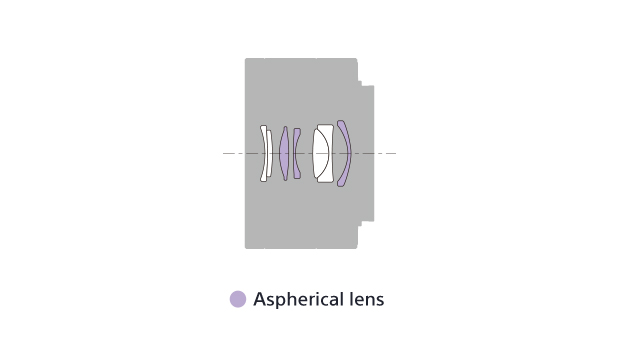Sorry I haven't updated the thread for a while now. I've been busy with life and also doing some shooting.
Now that my hands on experience with the camera is getting better, I will highlight a couple of points
Firstly, there is a lot of negative publicity in the forums regarding the big brother of my A7, namely the 36MP A7R.
Perhaps you are not aware of it so let me summarize the issues. The A7R seems to suffer from shutter curtain shake induced blur when used with long lenses and shutter speeds between 1/15 & 1/125. The problem would be mitigated if the A7R had an electronic first curtain like the A7 does, but it doesn't. The timing of the shutter closing, opening and closing again seems to cause some shake in the camera which has a low mass. Some believe that this will be resolved with a firmware update from Sony, or by some other means. One can work around it up to a certain degree but the solutions are not very practical. Adding some 25 ounces of mass to the body via the tripod mount seems to help, for example, but the idea of buying this camera instead of a full sized DSLR is because it is light and compact. So there is a lot of turmoil due to this and many complainers who have canceled their A7R orders. As I've mentioned above, this problem doesn't apply to A7, which makes me happy that I didn't go for the A7R.
Another problem which some complain about is the so-called orange peel issue which creates some artifacts in the smooth areas of an image. The complainers think that this is caused by the lossy compression supplied to raw files by Sony. The fact is, the issue is possibly not a real one but it is the imagination of some overly concerned users. Objective test couldn't prove that the lossy compression would cause these artifacts and the complainers were looking at the pixels at 800% zoom to see the imagined problem. Enough said.
The practical problem of using the A7 with the 28-70 kit lens (as I do) is the unavailability of the lens module in DxO Optics Pro Elite, which is what I prefer to convert my raw files. So I was very happy last week when DxO have announced the availability of this module for raw files. But the module cannot be installed from within DxO, or even found in their database. I've contacted their support who have tried to help me but the problem is as of yet unresolved. I hope that a solution will be found soon. As usual, DxO does a great job in reducing the noise in the raw conversion, better than LR.
I'll continue later but first, I'll process and post some pictures.


